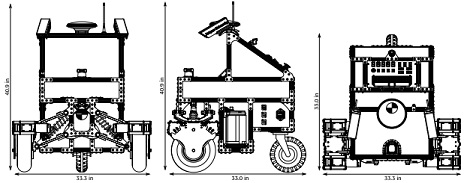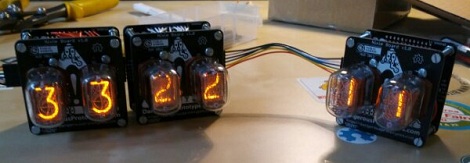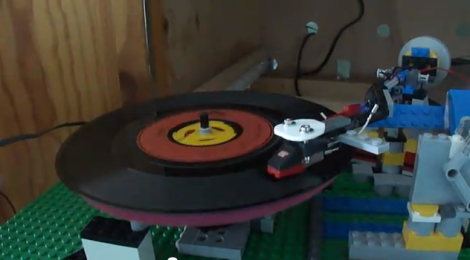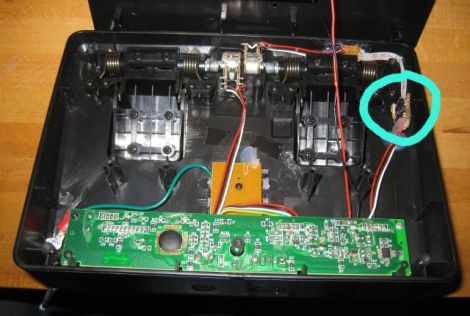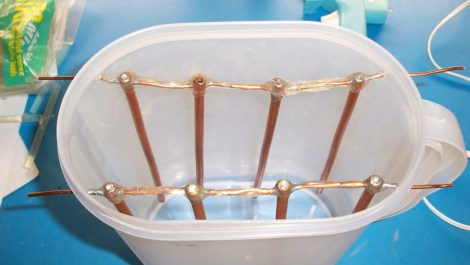
For the few double-sided PCBs we’ve actually etched at home we simply soldered a piece of wire to either side of a via and clipped off the excess. But if you want to go the extra mile you can’t beat electroplated through holes. The setup seen above is an electroplating tank build from simple materials which [Bearmos] has been working on.
The two sets of copper structures are both used as anodes. Some copper water pipe (like you’d use for a refrigerator ice maker) was cut into short rods and soldered onto pieces of bus wire. The portion of the metal which will stick above the chemical bath was coated with a generous layer of hot glue. This will protect it from corrosion cause by the off-gassing during the plating process. The traces of the etched PCB act as the anodes, but the holes themselves must be conductive in order for the plating process to work. A water proof glue with powdered graphite mixed in is applied to all of the holes in the substrate. This technique is based on the huge electroplating guide published by Think & Tinker.

